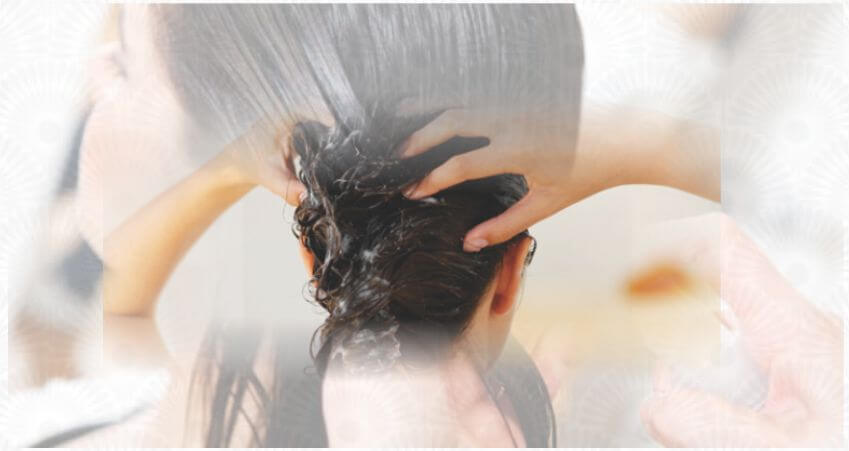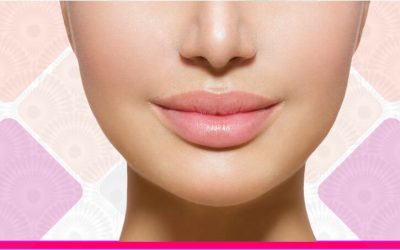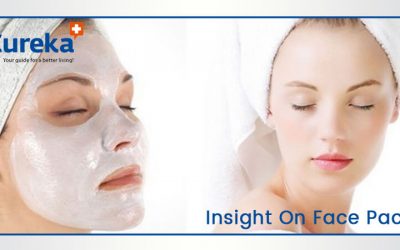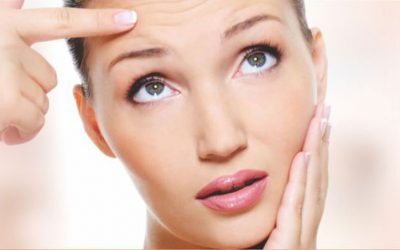How and Why Should I Choose a Hair Conditioner?
Did you know hair conditioners aims to improve hair texture, decrease hair static electricity, minimize frizz and add luster to the locks. They are used in several ways depending upon the state of the hair and requirement of the individual. The primary function of conditioner is to hair manageability. Why??? The need for hair conditioner arose following technological developments in shampoo formulation which lead to efficient removal of sebum along with dirt and other undesirable residues from the hair and scalp.
What is Healthy Hair?
Healthy hair looks clean, soft to feel, shiny untangled, not frizzy, no bald patches and is bouncy when one shakes their head.
Did you ever imagine hair to be a protein filament which is made out of 3 layers, the cuticle, the cortex and the medulla being the innermost layer? Sebum is a natural hair conditioner which is excreted by the skin and by capillary action, the excreted sebum, and coats only the proximal 1.5 inch of the hair shaft. Combing or brushing helps to distribute the sebum distally and coat the hair evenly.
Shampoo strips of natural sebum and environment dirt. Sebum is a natural hair conditioner which gets stripped off on usage of shampoo hence a conditioner after wash is always better.
How Are Conditioners Useful?
Conditioning agents can be defined as additives which enhance feel, appearance, fullness, lubricity, reflectance, and general manageability of hair. Conditioners act by neutralizing the electrical negative charge .These also lubricates the cuticle that reduces fibre hydrophilicity (negative charge).
Let’s understand how…. the cuticle (outermost layer) is six to eight layers thick and closely adherent to the inner cortical layer of the hair shaft. Common procedure like bleaching, coloring, and perming damages the cuticle and disrupts the cortex. The individual cuticle cells are made up of proteins, lipids, and polysaccharides. The cells are colorless and arranged in an overlapping, roof tile-like pattern, providing for an impenetrable barrier to external environmental damage.
Sebum being the ideal hair conditioner had to be replenished. Therefore, the need was felt for a synthetic sebum like substance or a conditioner which was able to minimize static electricity, increase hair shine, volume and improve hair manageability and also to maintain hair styling. They are also used to recondition the hair following chemical treatments, such as waving, straightening, and coloring, and following physical trauma induced by hair drying, brushing, and styling.
Hair Damage
As the hair is exposed to repeated rough washing and unprotected drying, friction sunlight and several chemical treatments lead to decrease in the lipid content of the hair sense surface. This causes the hair become hydrophilic(negatively charged surface).
Damage to hair is also caused by exposure to UV rays which involves a very complex process.
Copper pipes 9(in bathrooms) adds to this damage. Histidine containing conditioners helps avoid damages caused due to these.
After a shampoo wash, the cuticles get slightly lifted, and the hair develops a negative charge causing the hair to repel each other and appear rough and uncombed. Conditioners flatten the cuticles and seal the gaps that could expose the important cortex to environmental damage.
Function of A Conditioner:
The molecules in the conditioner contain cationic surfactant which is positively charged. The negative charge of the hair is attracted to the positively charged conditioner molecules, which results in conditioner getting deposited on the hair. Damaged hair usually has more negative charge. Thus, conditioners reduce the static electricity. They also seal and flatten the cuticle scales over the hair shaft, reducing the friction between hair fibers, increasing the reflectance of light which improves shine and color. The protein in the conditioner attracts the keratin which holds the cortex fragments together until the next shampooing. Conditioners give a smooth feel easing combing and detangling in both wet and dry conditions. Conditioners temporarily seal split ends (called trichoptilosis.)
Common Ingredients in Conditioners
Conditioning substances commonly include hydrolyzed silk and animal protein, glycerin, dimethyicone, propylene glycol, and streral-konium chloride. Protein derived substances in conditioner can temporarily mend split ends………
There is so much more in to conditioners, to understand them better we need to know more. In the next blog article will discuss the nitty gritty of conditioners











